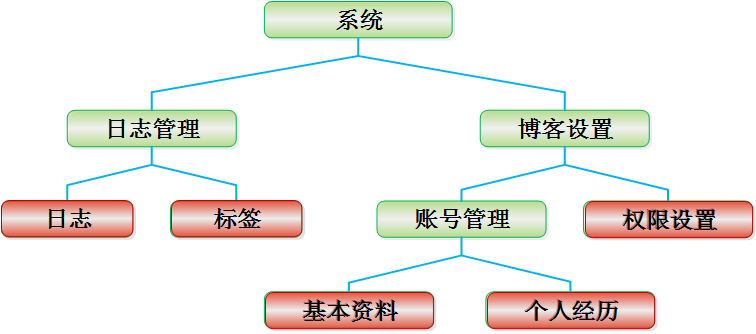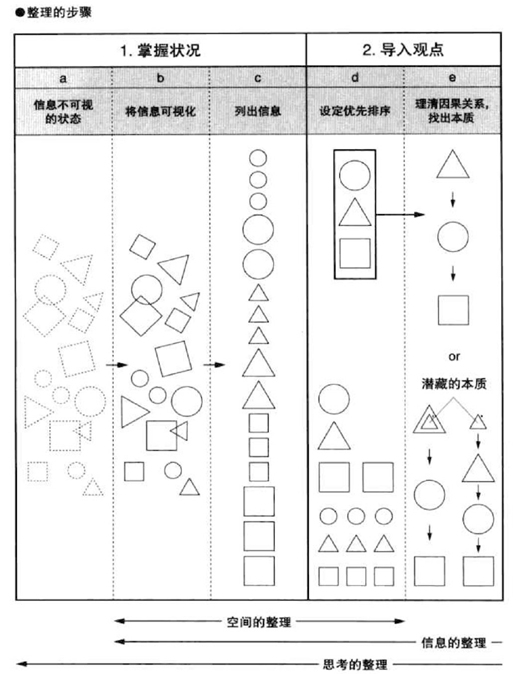|
|
在網上收集關于UCD的資料時,無疑中看到這樣一本書《如何成為好的產品經理》,看見了其前沿介紹(中英文):
如果你想做一個壞的產品經理,那就給你的產品加上盡可能多的功能。產品的功能越多,就越可能滿足用戶們各種各樣的需求。誰都希望產品越來越好,嗯,多加些功能就好了。加上一堆小功能要比加一個大功能要好,大家不就喜歡多嗎?
如果你想做一個好的產品經理,盡量用少而精的產品功能給客戶帶來價值。客戶購買產品因為他們想要解決手上的問題。產品功能本身是沒有意義的,只有當一個功能真正幫客戶解決了問題,這個功能才真正有“功能”。
但是,產品經理經常沒有做對。他們搞出一個功能清單,然后讓開發人員估算開發時間。他們傾向于要盡量多的功能,所以一些重要但是比較耗時的功能往往就不做了。這樣開發出來的產品充斥著不太重要的小功能。
不要再去算這個階段你要發布幾個功能了,產品經理應該算算要給客戶帶來多大的價值。產品管理不意味著發布最多的功能,恰恰相反,你應該發布最少的功能。硅谷產品組(Silicon Valley Product group,一個多人博客)的Marty Cagan在好產品靠的是設計(譯注:鏈接指向英文站點)一文中提到:
產品經理的職責是:定義出一個盡可能簡單的產品來滿足用戶需求。產品越是簡單,用戶越容易理解,開發的時間越短,產品的技術構架也越容易。
產品經理還需要經常考慮產品現有的功能是不是真的有價值,有的時候還應該考慮移除某些功能。當一個產品經理設計出給客戶帶來價值且最簡單的產品,這個產品會容易銷售,容易支持,容易維護且為用戶和公司帶來更大的價值。
英文原文:
If you want to be a bad product manager, try to deliver as many features as possible. The more features you have, the more likely you are to have the things that any individual customer cares about. Customers expect products to keep getting better, and the way a product keeps getting better is by adding more features. Plus, adding a whole bunch of smaller features will be just as good — if not better — than adding that one big important enhancement. More is always better, right?
If you want to be a good product manager, try to deliver the fewest features which will provide the most value. Customers buy products because of the needs that the product fulfills and the problems the product solves. Features in and of themselves are useless — they exist to fill a need. Customers will find product features valuable only if those features satisfy a need and if the act of filling that need is something which is valuable to the customer.
Unfortunately, product managers often approach this problem the wrong way. They will create a long list of desired features and then get estimates from engineering on how much effort each requires. The most important features may take the most amount of effort, so, in the hopes of getting more features more quickly, a product manager will forgo the most time-consuming — and often the most valuable — enhancements to the product. Instead of a few valuable features, the product gets a larger number of less consequential additions.
Rather than simply counting the number of features or the amount of enhancements, product managers should evaluate the ratio of value to effort and focus on obtaining the most value for the customer with a given amount of effort. Product management is not about delivering the most — it is about delivering the least. As Marty Cagan of Silicon Valley Product group writes in Great Products by Design (which has been quoted here before and will likely be quoted here again):
The job of the product manager is to identify the minimal possible product that meets the objectives and provides the desired user experience — minimizing time to market, user and implementation complexity.
Instead of adding more features, product managers need to make sure they have the right features in their product and consider removing features when appropriate. By creating a product that provides the most value for the least amount of effort, a product manager will produce a product which is easier to sell, support, and maintain, and ultimately deliver more value to the customers and to the organization.
個人體會:
就內容而言,我想這也是很多做用戶研究人員的一個困惑,至少我自己是:在查看我們之前的用戶研究資料以及在走訪用戶時總會發現有很多功能亮點可以體現,但是,是不是一個產品可以滿足所有功能需求,答案顯然是否定的,首先我們不可能想到所有的功能點,也許市面上有的功能我們都把它體現這是可以做到的,但個人認為如何在客戶需求與產品成型之間獲得一個均衡是很難的。我想這里面最重要的是找準目標用戶,產品功能能最大化滿足目標用戶的需求就是產品的成功了,但仍然存在一個問題:如何準確定義目標用戶。這需要我們用戶研究人員與市場人員的良好合作了,同時自身也應提高洞察能力并不斷的學習。
it知識庫:如何成為好的產品經理,轉載需保留來源!
鄭重聲明:本文版權歸原作者所有,轉載文章僅為傳播更多信息之目的,如作者信息標記有誤,請第一時間聯系我們修改或刪除,多謝。



